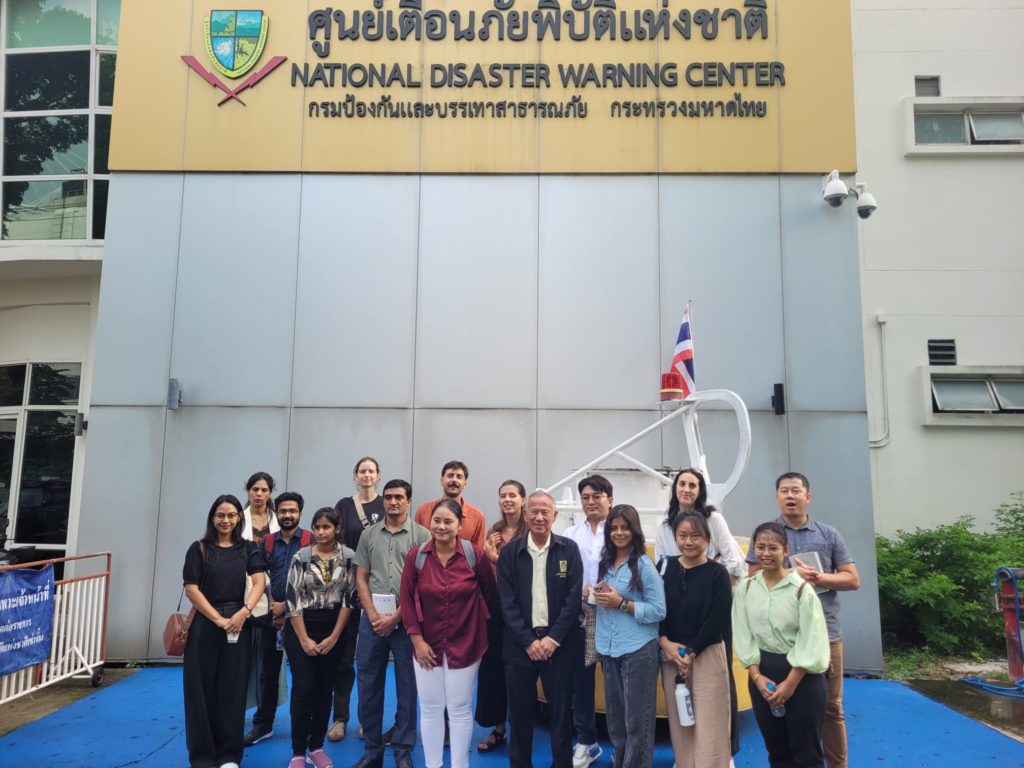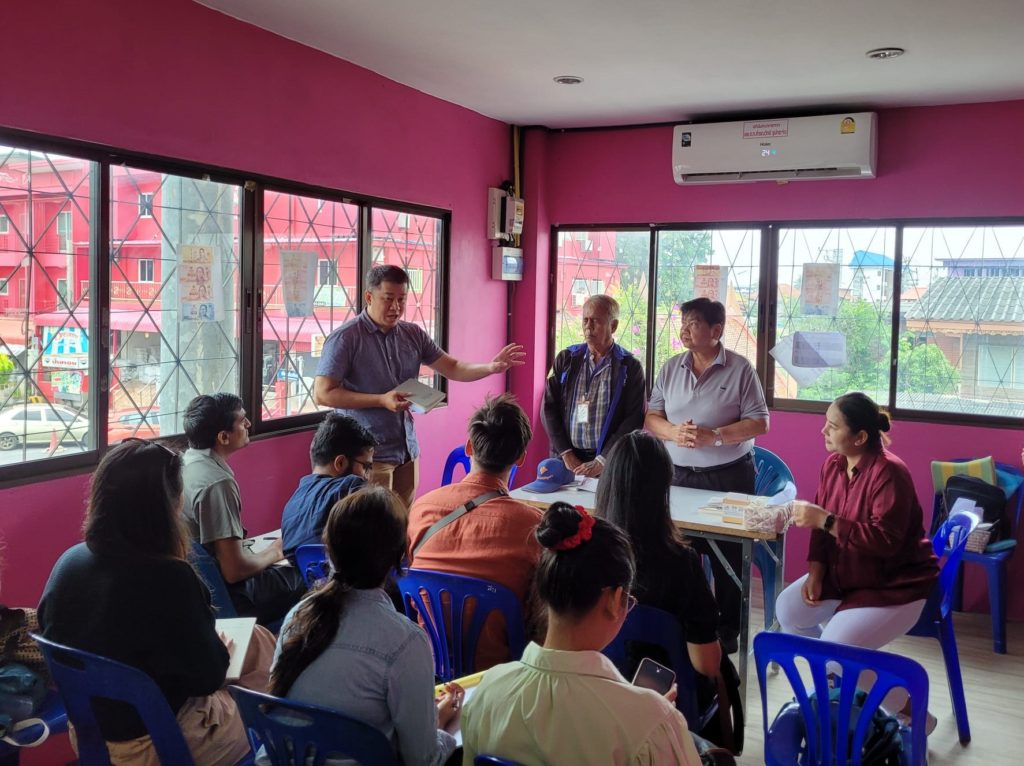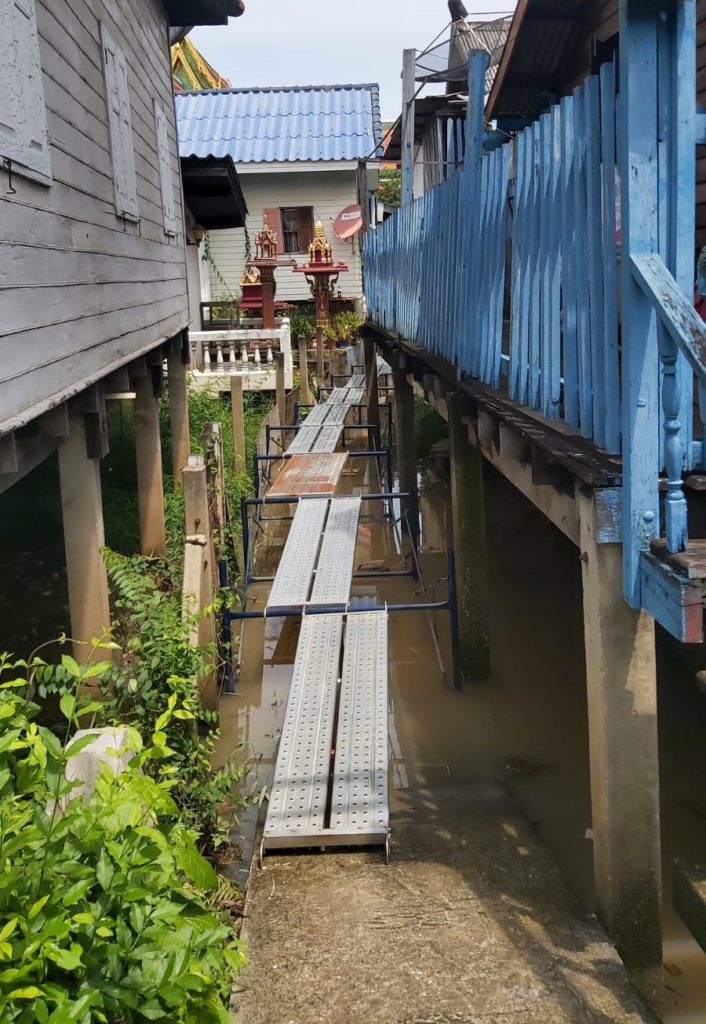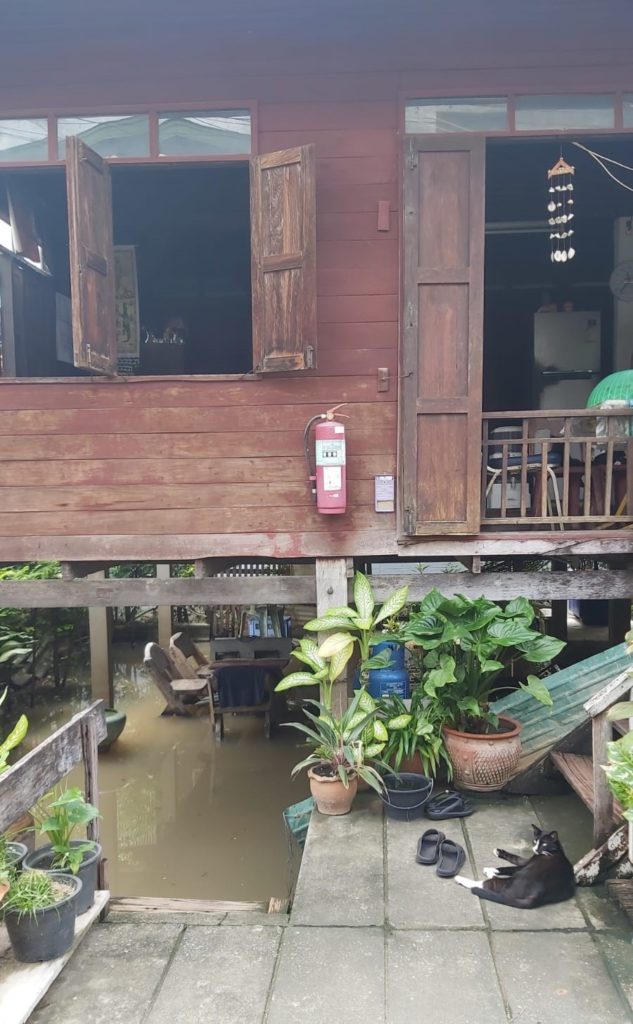Doctoral Student Miss Panjapa Sookkoe Participates in ICN Congress 2025 and Receives Best E-Poster Award
Doctoral Student Miss Panjapa Sookkoe Participates in ICN Congress 2025 and Receives Best E-Poster Award Miss Panjapa Sookkoe, a dedicated doctoral student from the Asian Institute of Technology (AIT), Disaster Preparedness, Mitigation and Management Program Read more…









0 Comments